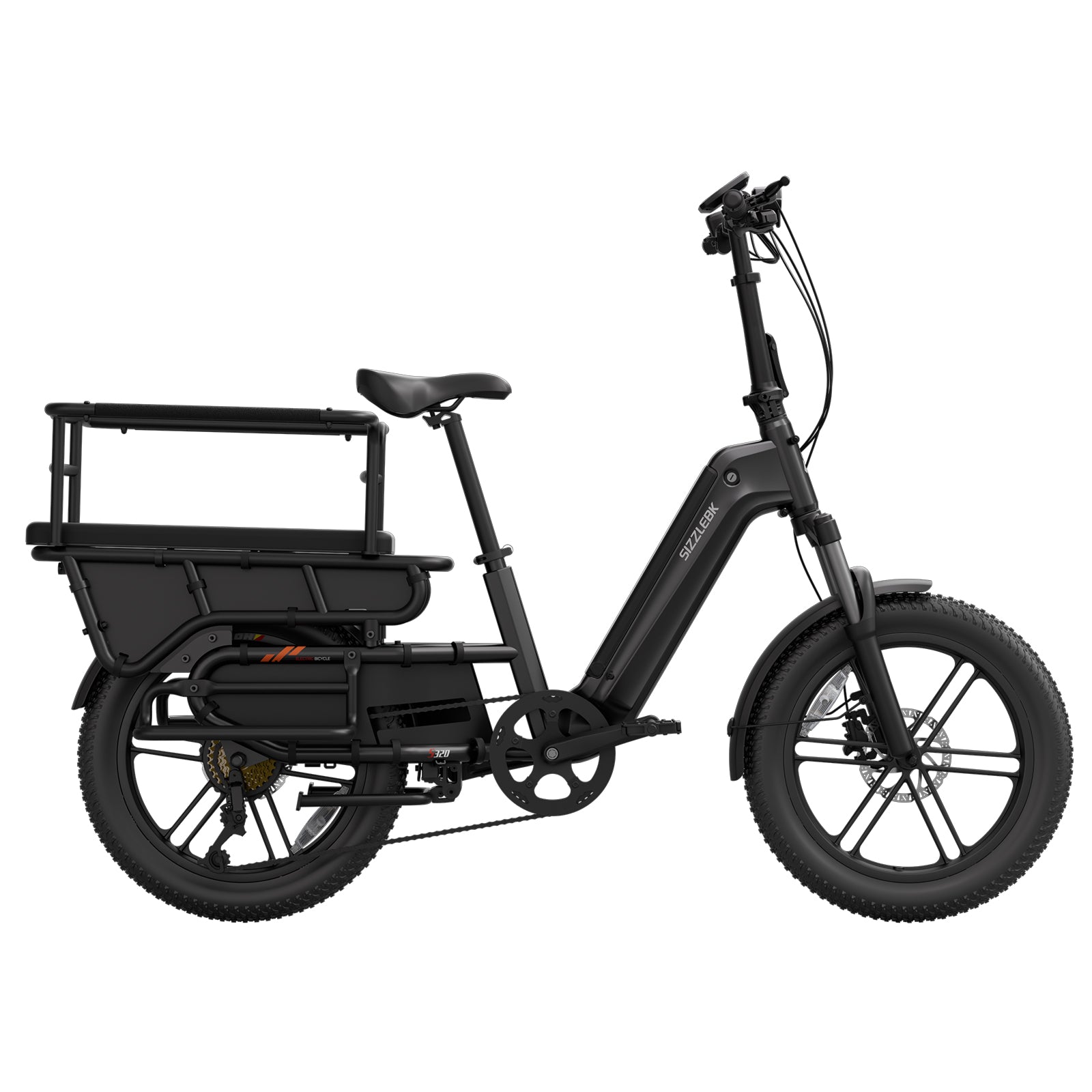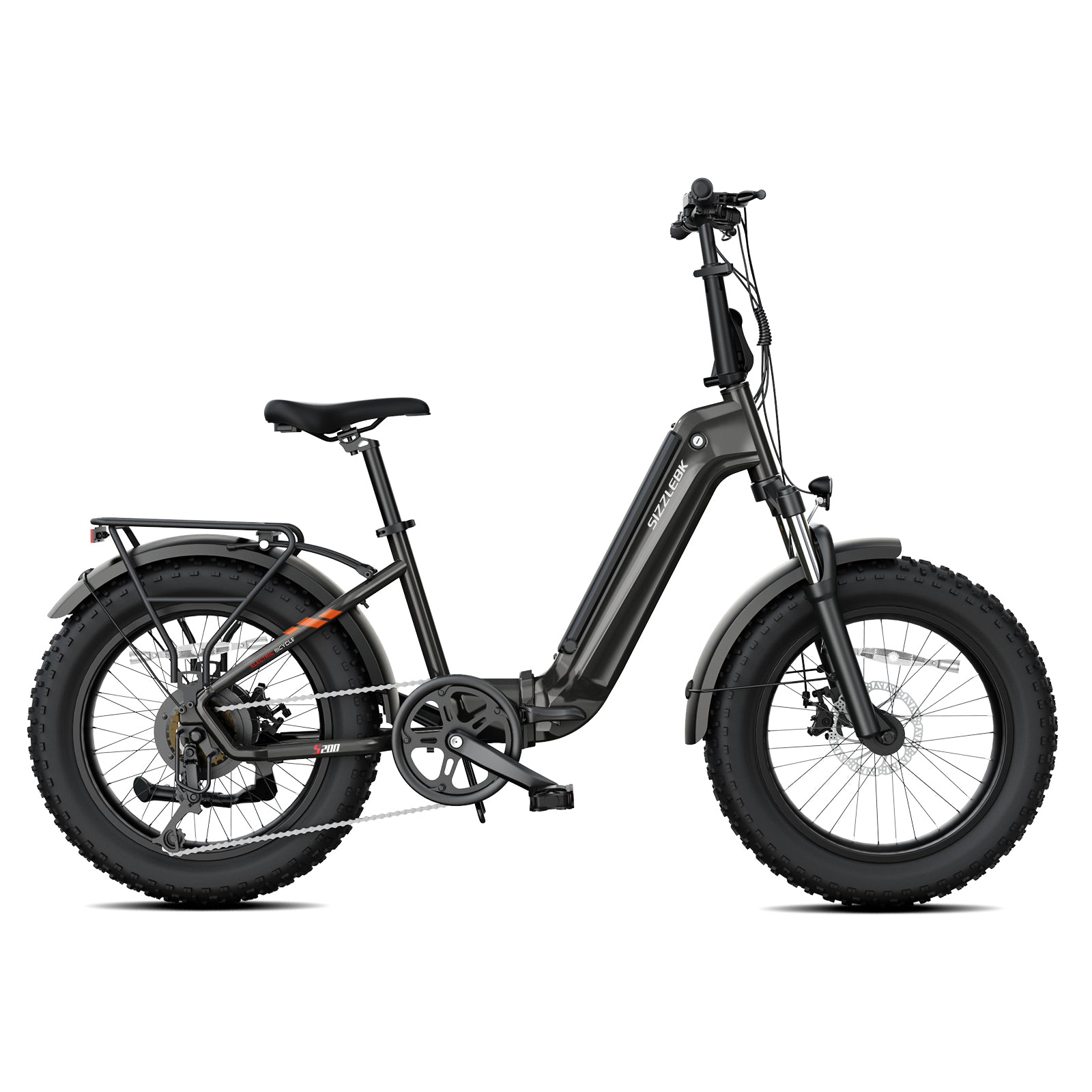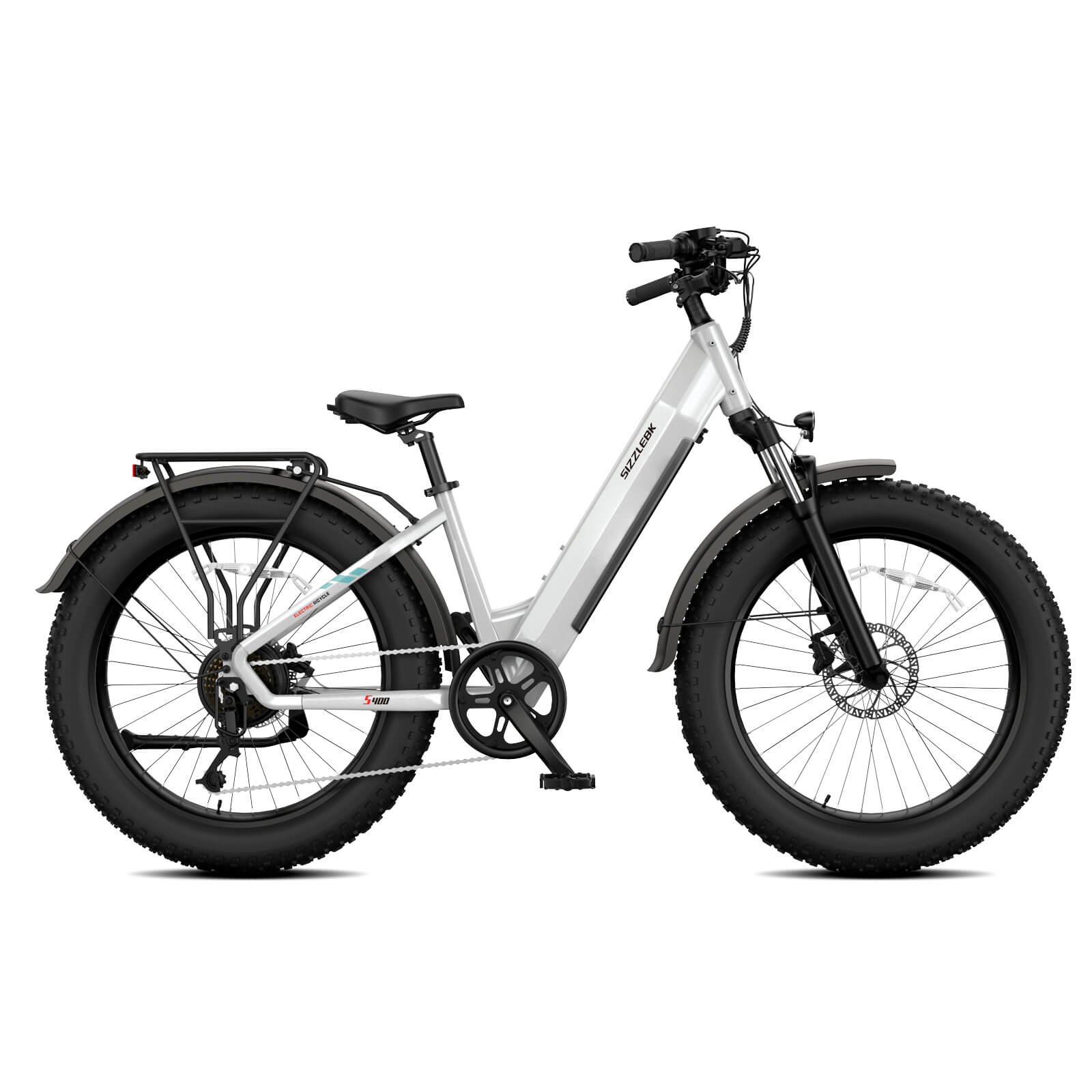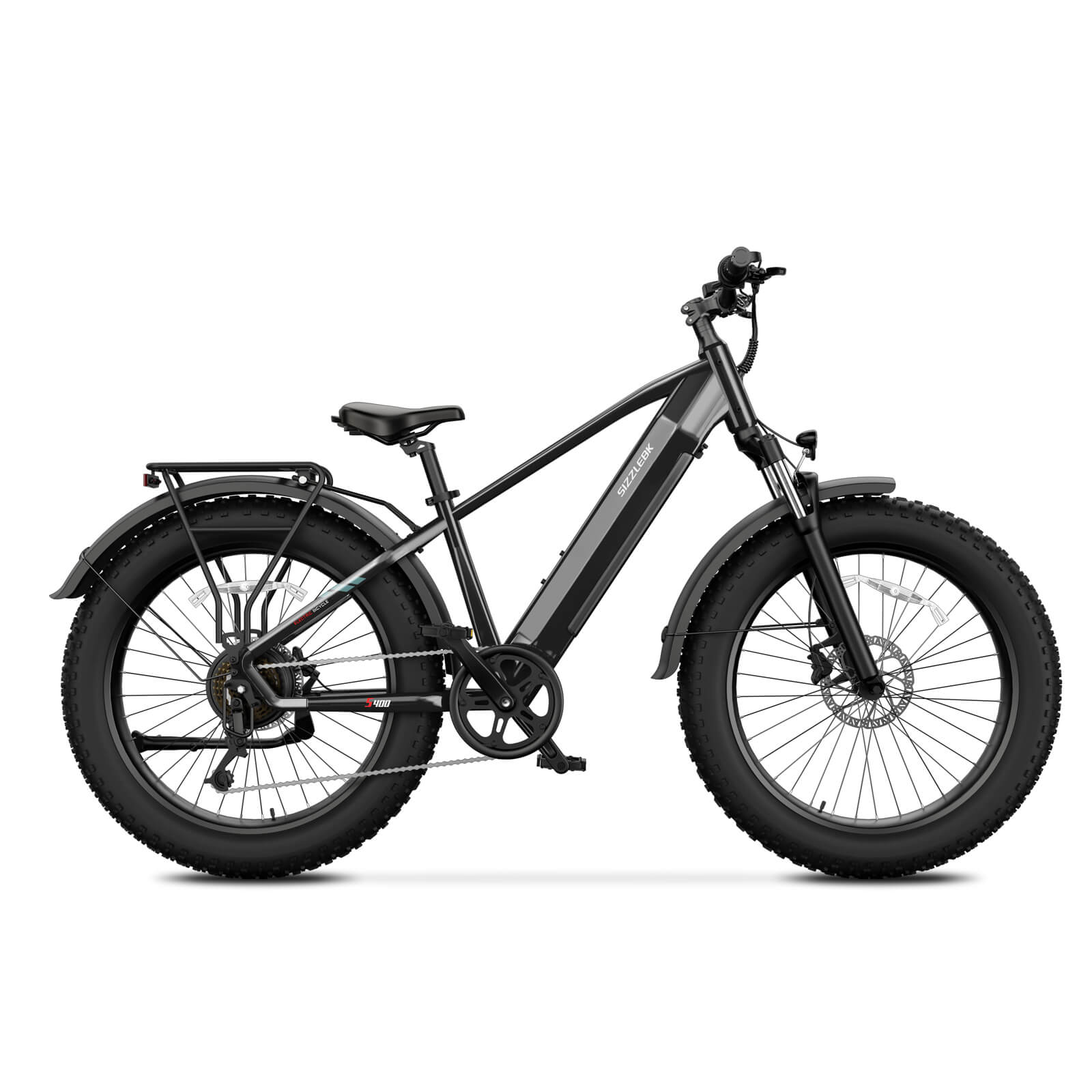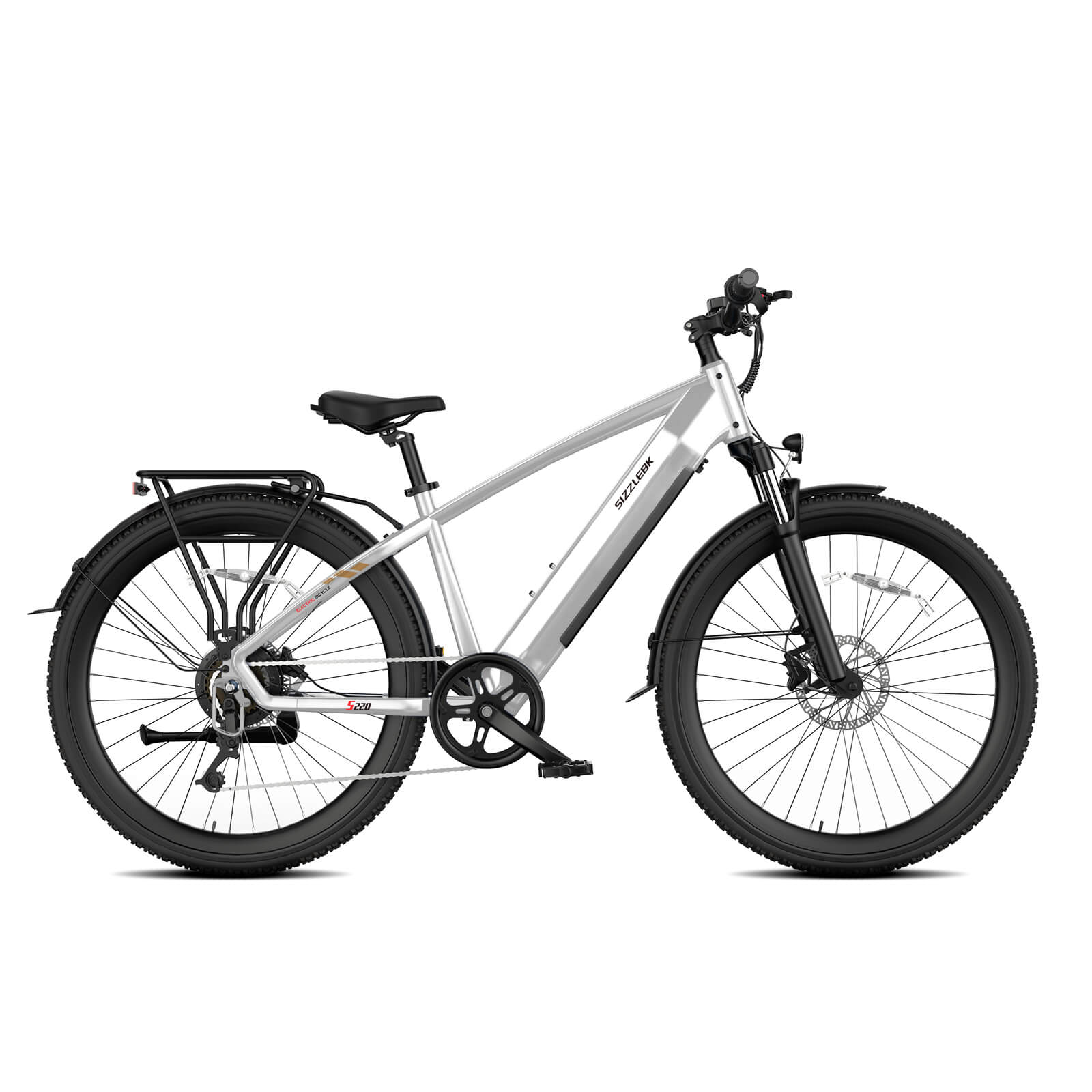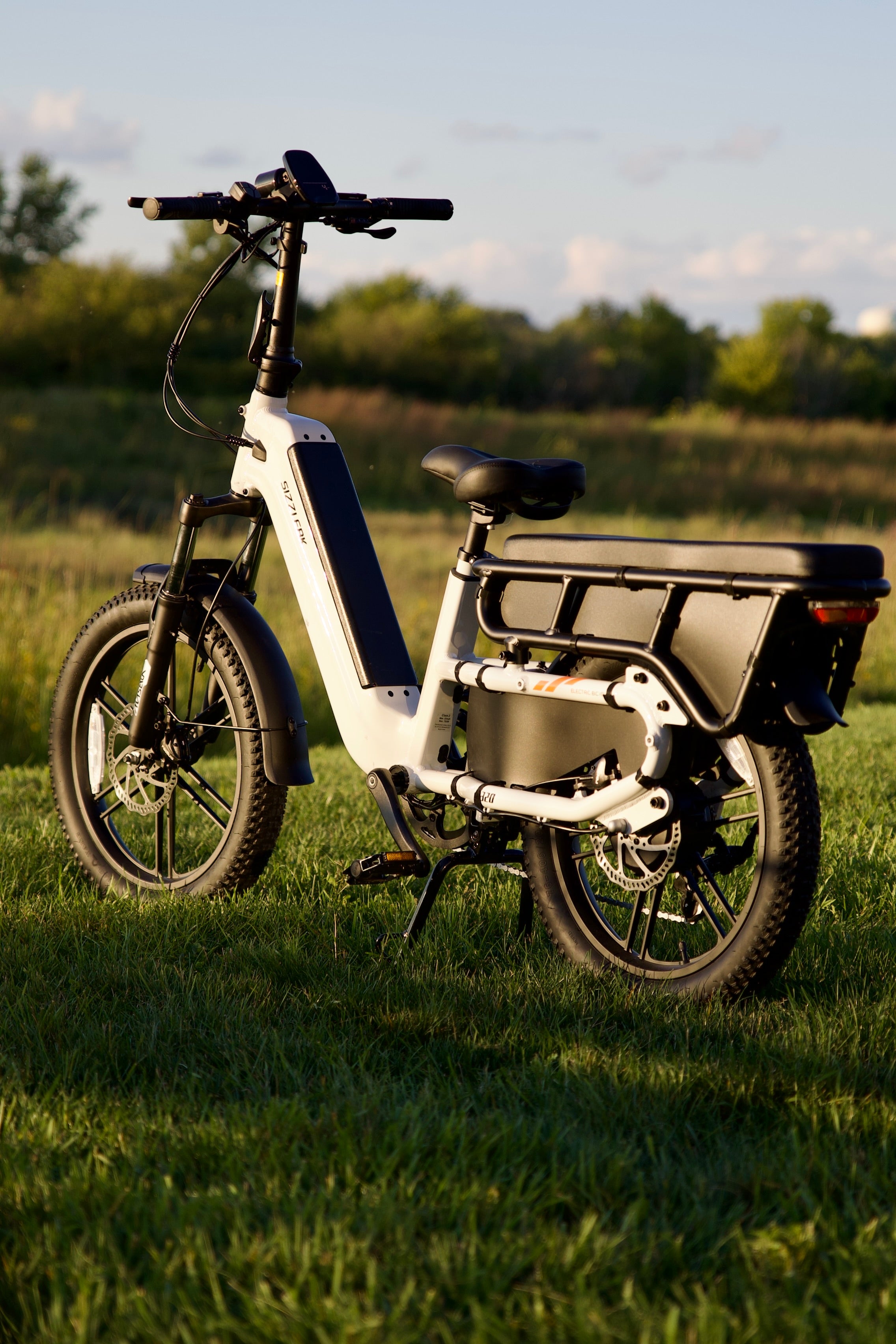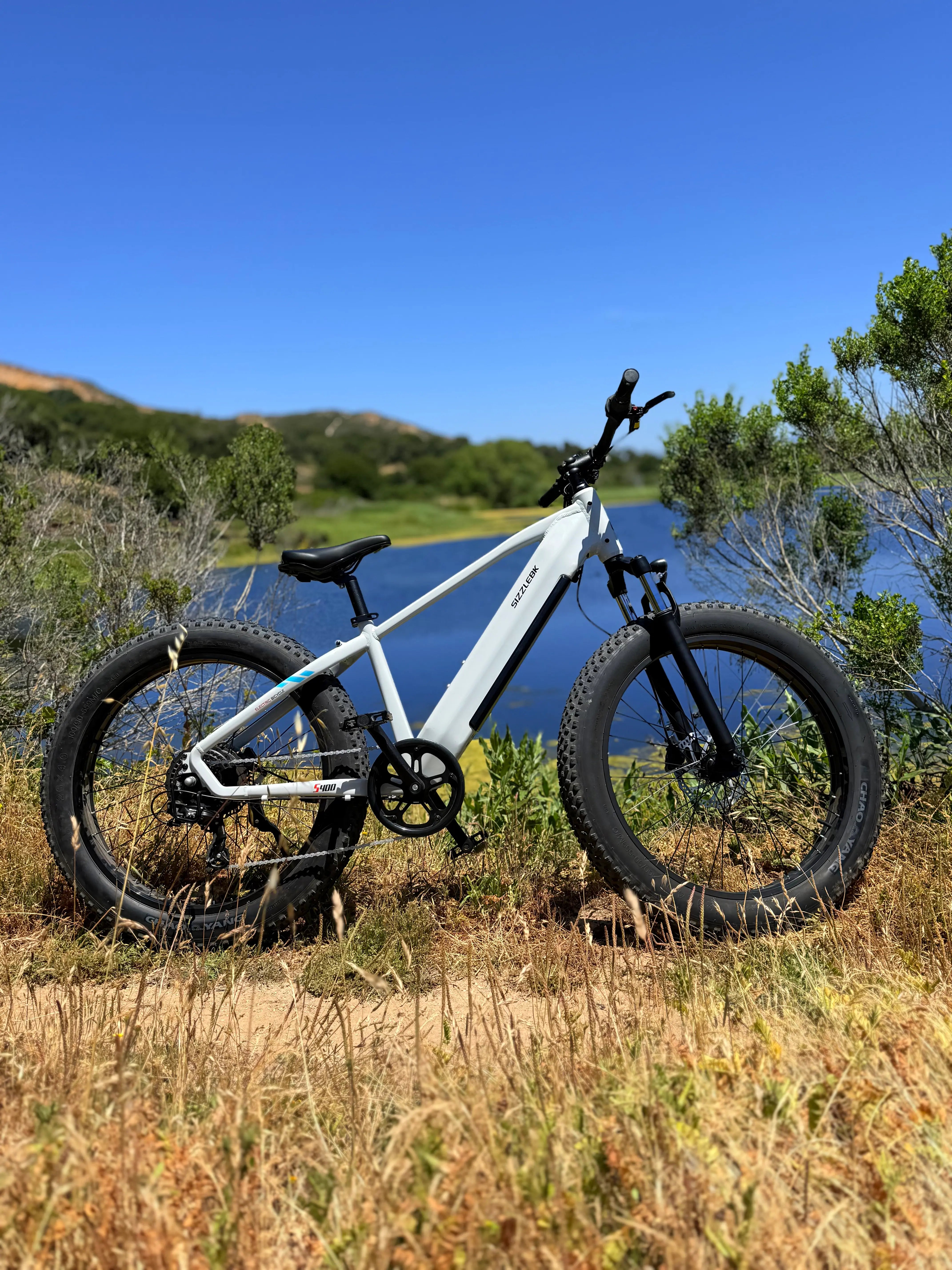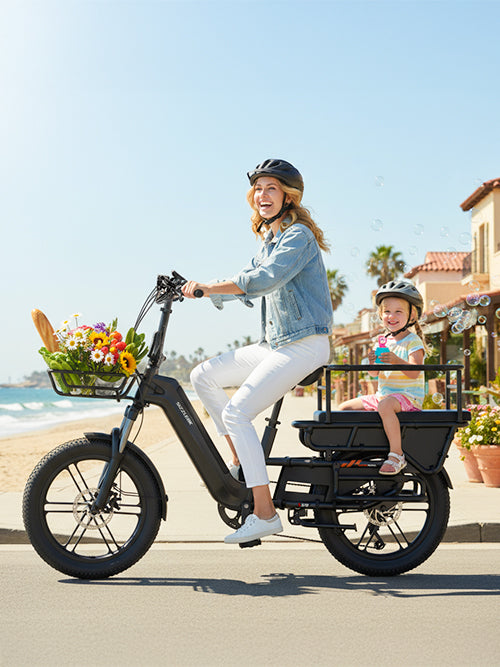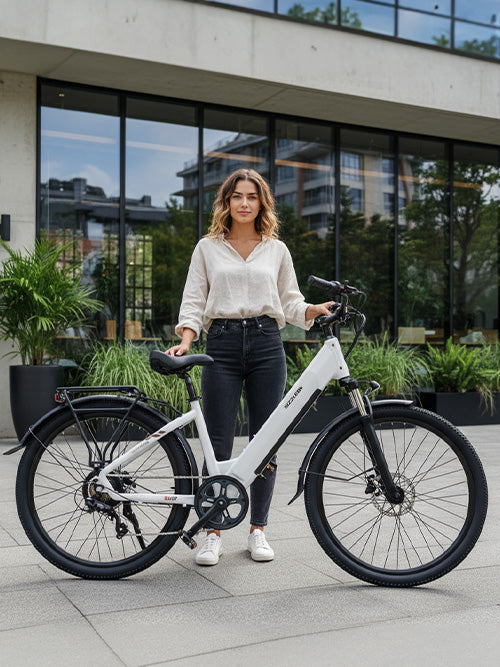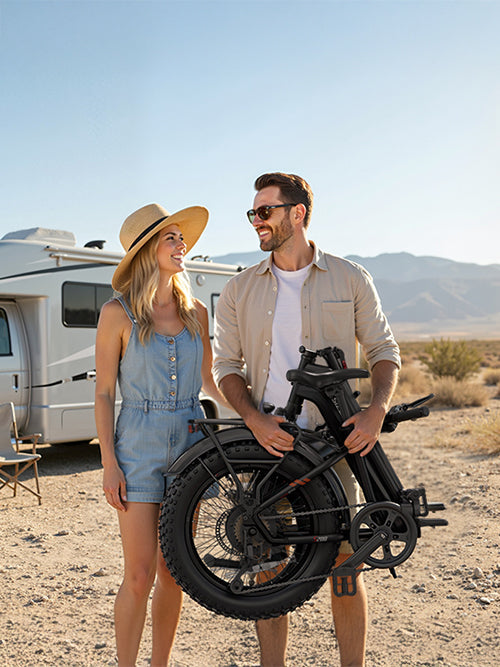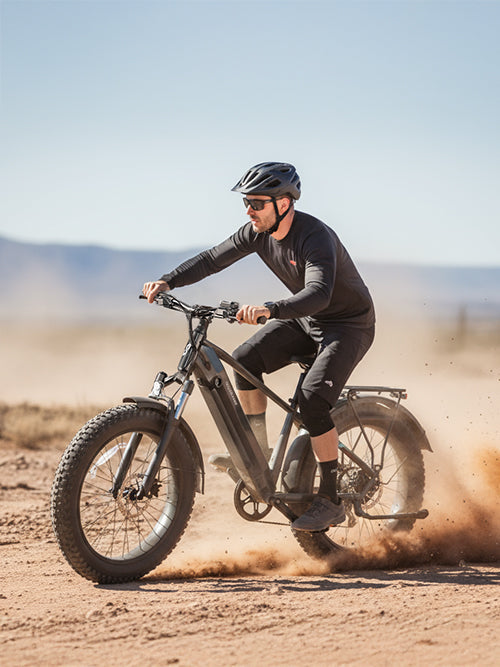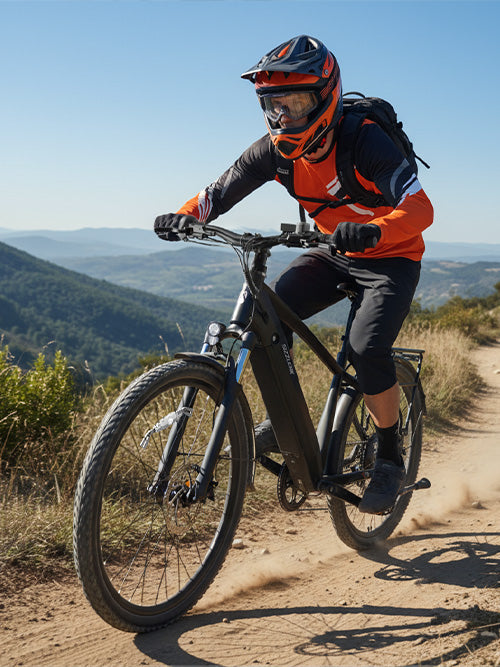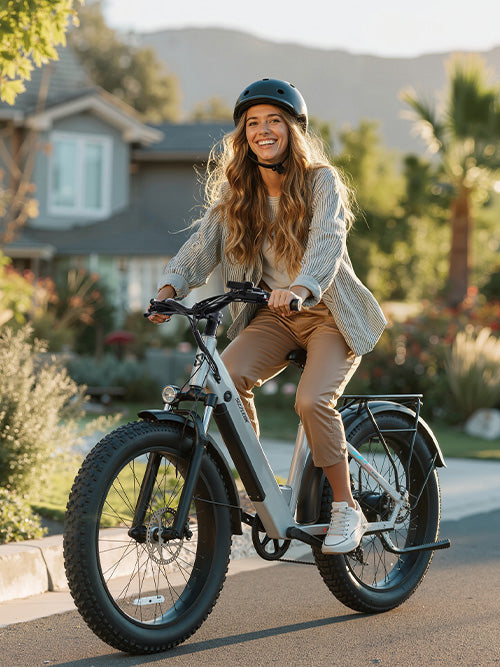The Shift Toward Sustainable Urban Logistics
If you live in an American city, you’ve probably noticed a change in how goods arrive at your doorstep. Instead of the rumble of delivery vans, more and more parcels are being dropped off by quiet, efficient electric cargo bikes for delivery. Once considered a niche European innovation, these two-wheeled workhorses are now being embraced by businesses, governments, and families across the United States.
The combination of skyrocketing e-commerce, rising fuel costs, and growing environmental awareness has pushed companies to explore new last-mile delivery solutions. Among all alternatives, urban cargo e-bikes stand out as one of the most promising. But why are they gaining traction so quickly, and could they really replace vans and trucks for city deliveries? Let’s dive in.
The Urban Delivery Challenge in the U.S.
The last-mile delivery sector in the U.S. has become one of the most complex and costly areas of logistics. Cities like New York, San Francisco, and Los Angeles face daily gridlock, while consumer expectations for same-day delivery continue to rise.
Pain Points with Vans and Trucks
Congestion: Traditional vans get stuck in traffic, making short deliveries inefficient.
Parking Issues: Drivers waste time hunting for legal parking spots or risk expensive fines for double-parking.
High Operating Costs: Fuel, insurance, and maintenance costs have surged in recent years.
Environmental Impact: Delivery vans contribute significantly to urban air pollution and greenhouse gas emissions.
For short urban trips — which account for over 60% of last-mile deliveries under five miles — trucks simply aren’t the most efficient tool.
Enter the Longtail Cargo Electric Bike: A Modern Solution
A longtail cargo electric bike is designed with extra capacity to haul heavy loads while using electric assistance to keep the ride practical and efficient. Unlike traditional bikes, they feature reinforced frames, extended racks, and sometimes front-loading boxes capable of carrying groceries, tools, or multiple parcels.
Types of City Cargo Electric Bikes
Longtail Cargo Models – Extended rear racks to carry kids, groceries, or delivery boxes.
Front-Load “Bakfiets” Style – A large box sits between the handlebars and front wheel, perfect for bulky goods.
Compact Cargo E-Bikes – Smaller frames designed for maneuverability in tight urban streets.
Each design serves different users, from courier services to family errands.
Benefits of Heavy-Duty E-Bikes for Deliveries
1. Faster in Dense Cities
Best electric cargo bikes can navigate bike lanes, side streets, and narrow alleys where vans cannot go. In many cases, this makes them faster for door-to-door deliveries in urban cores.
2. Lower Costs
Charging a battery often costs less than $0.20 per day, while fueling a van may run $20–$40 daily. Add in lower insurance and maintenance costs, and the savings become substantial.
3. Environmentally Friendly
With zero tailpipe emissions, city cargo electric bikes help cities meet climate goals. They also reduce noise pollution, creating quieter neighborhoods.
4. Community Acceptance
Unlike vans that block bike lanes and sidewalks, electric cargo bikes for delivery are small, approachable, and community-friendly. Residents view them as part of a greener lifestyle rather than an inconvenience.
5. Health Benefits
For riders, pedal-assist provides exercise without exhaustion. Delivery staff report feeling more energized compared to long shifts sitting behind a wheel.
Cargo Ebikes and Policy Momentum in the U.S.
U.S. cities are beginning to follow the European playbook, offering incentives and creating pilot programs to encourage businesses to adopt heavy-duty e-bikes for deliveries.
New York City: UPS, Amazon, and DHL have piloted city cargo electric bikes in Manhattan to bypass traffic.
Portland, Oregon: Offers rebates for residents and businesses buying e-bikes, including longtail cargo electric bikes.
California: In 2025, Alameda County launched a $10 million rebate program for e-bike adoption, directly targeting cargo e-bikes for local businesses.
Boston & Chicago: Testing micro-distribution hubs where best electric cargo bikes handle short-distance parcel delivery.
This momentum suggests that urban cargo e-bikes are not just a passing fad but part of a larger policy-driven movement.
Spotlight on Sizzlebk: An American Cargo E-Bike for Modern Needs
While many cargo bikes in the U.S. are imported from Europe or Asia, Sizzlebk offers models designed with American riders in mind.
Sizzlebk S320 Electric Cargo Bike
Motor: 750W hub motor (peaking at 1300W for hills and heavy loads).
Battery: 48V 15Ah pack for up to 65 miles of real-world delivery range.
Load Capacity: Reinforced rear rack plus optional front basket; supports 500 lbs total load.
Design: Step-through frame for easy mounting, even with packages on board.
Features: Hydraulic disc brakes, integrated lighting, and sturdy fat tires for stability.
This balance of strength, comfort, and affordability makes Sizzlebk a serious contender for anyone looking for the best electric cargo bike in the U.S.
Who Should Consider a Longtail Cargo Electric Bike?
Small Businesses
Local shops, florists, and cafes can cut delivery costs by using electric cargo bikes for delivery for neighborhood trips.
Professional Couriers
Freelancers and gig workers can increase efficiency and avoid the headaches of traffic tickets or parking violations with heavy-duty e-bikes for deliveries.
Families
Parents are increasingly adopting city cargo electric bikes with child seats and large baskets as replacements for second cars.
Cargo E-Bike vs. Delivery Van: A Side-by-Side Comparison
|
Factor |
Longtail Cargo Electric Bike |
Delivery Van |
|
Operating Cost |
Very low (electric charge) |
High (fuel, insurance) |
|
Parking |
Flexible, doorstep access |
Limited, often fined |
|
Speed in Urban Areas |
Often faster in traffic |
Slower, blocked by congestion |
|
Emissions |
Zero |
High |
|
Maintenance |
Simple, affordable |
Expensive, complex |
|
Community Impact |
Positive, sustainable |
Negative, noisy, polluting |
Challenges and Considerations
Of course, heavy-duty e-bikes for deliveries aren’t perfect. Here are some barriers still being addressed:
Range Limits: Heavy loads can drain batteries faster.
Weather: Rain, snow, and extreme cold can affect comfort and performance.
Initial Investment: High-quality best electric cargo bikes cost $2,000–$5,000, though rebates help offset this.
Infrastructure: Not all U.S. cities have bike lanes wide enough for larger cargo models.
Despite these hurdles, ongoing innovation is making longtail cargo electric bikes more practical each year.
FAQs About Electric Cargo Bikes
Q: How much weight can a longtail cargo electric bike carry?
A: Most models can handle 200–400 lbs, depending on design and frame strength.
Q: Are cargo e-bikes legal in the U.S.?
A: Yes, though most states cap motor power at 750W and set speed limits for classification as e-bikes.
Q: How long does it take to charge a city cargo electric bike?
A: Typically 4–6 hours for a full charge, depending on battery size.
Q: Can a heavy-duty e-bike for deliveries replace a car?
A: For many families and businesses, yes — especially for short trips, groceries, or city deliveries.
Conclusion
Longtail cargo electric bikes are no longer an experiment; they are becoming a cornerstone of urban logistics in the United States. They save time, cut costs, and reduce emissions, all while fitting seamlessly into the bike-friendly infrastructure cities are building.
Whether you’re a small business owner looking to cut expenses, a courier tired of fighting traffic, or a family ready to embrace greener living, a city cargo electric bike could be your smartest investment this year.
With innovative models like Sizzlebk’s cargo lineup, American riders now have access to some of the best electric cargo bikes designed for local conditions. The shift away from vans and toward electric cargo bikes for delivery is not just about convenience — it’s about building cleaner, healthier, and more sustainable cities.
